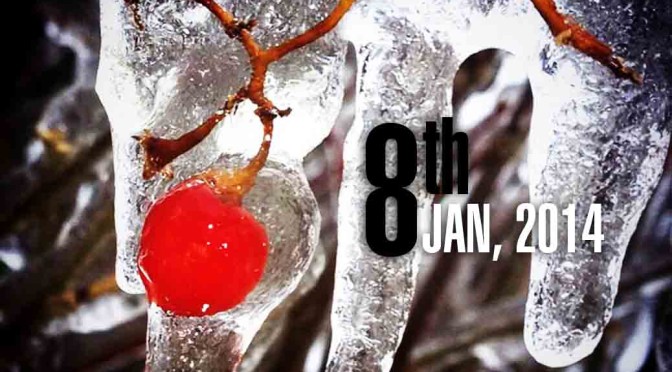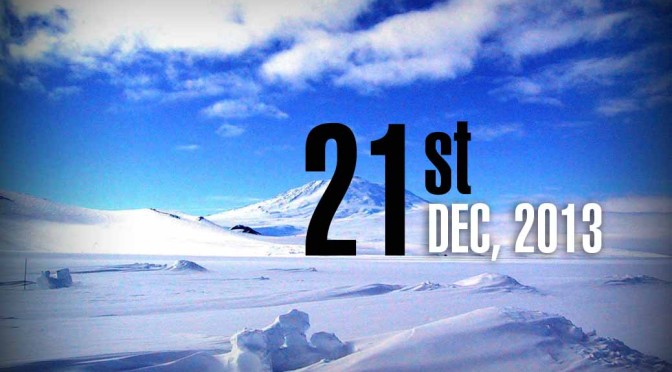By Anupum Pant
Note: Remember that the ideas I share on this blog everyday don’t magically get formed in my brain. I’m no genius. What I am, is an average curious person. I read about things and then I experience a burning urge to find out more. I think of this blog as a record of everything I learn – kind of a public journal (NOT an Official gazette). I hope it helps you in some way. If it does, do mention it in the comments section below.
The Polar Vortex
For the past few days, in most of the things I’ve read, I’ve come across a reference to the extremely cold polar winds (incredible pictures) people are experiencing in the United States and Canada. 50 states have gone sub-zero in the US. Similarly, Canada is experiencing even colder temperatures. While some have decided to stay at home, others are tossing boiling water to try out the Mpemba effect in the open. 8,500 miles away, almost sweating in a room with temperature 30 degrees (Celsius) above zero, I’m learning about new frost related phenomena that I had never heard of before.
My sympathies to the people who are suffering this bitter cold wave.
Cryoseism
Thanks to the frost, I’m coming across some of the never-before-heard things that are appearing in the mainstream media. One of them which I came across yesterday was – Cryoseism or an Ice-quake.
People in Toronto woke up to loud sounds and rattling objects yesterday. People thought that an earthquake had hit Toronto. It wasn’t an earthquake. What they were experiencing was an Ice quake or Cryoseism.
Awaken by a loud boom – thought a family member was in trouble – but no no it was just a frost quake aka cryoseism #scienceisaweeesome!
— Janine Baijnath (@JanineBaijnath) January 3, 2014
What caused it?
Expanding water can be an extremely powerful force. It can break the strongest materials ever made. Industrial valves and pipes made of thick steel walls can be fractured by water as it expands. In this case, the earth got split open by it.
Unlike most other liquids, water expands on it freezing. Thus, ice formed is of higher volume and lower density. Although we aren’t dealing with density here, it is interesting to know, the phenomenon of expanding water is what makes gargantuan icebergs float on water. Apparently, there is nothing in the world that can contain expanding water without getting fractured (if you know about something that can, inform me in the comments section below). For a live demonstration, you can have a look at the video below, in which a metal pipe is split by freezing water.
This is what happened in Toronto. Water below the surface froze. As a result, it expanded and fractured the surface with a boom to find space for the 10% increase in volume. This was a Cryoseism.
With loud sounds some people have reported distant flashing lights. What was that about?
Electrical changes happen in the rocks when they get squeezed, pushed and rubbed around when pressure stored in the ground is released. The flashing lights are most definitely caused by these electrical changes due to rubbing and squeezing of rocks.
In the past the north and north-eastern parts of US have also reported such quakes.








